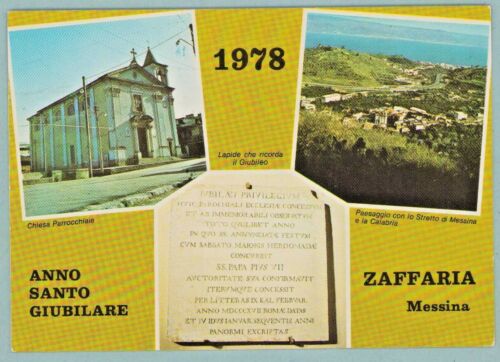Zafferia piccola frazione di Messina, situata 8 km a sud dal centro città, celebra da ben cinque secoli l’Anno Santo.

Ebbene sì… l’Anno Santo, evento straordinario poiché si ripete solo tre volte ogni cento anni. Si ripete, infatti, solamente quando il sabato di Pasqua coincide con la festività del 25 marzo. L’Annunciazione della Santissima Vergine Maria è una delle maggiori solennità dell’anno liturgico bizantino. Per antica tradizione tale solennità non viene mai differita anche se coincide con il venerdì o il sabato Santo o con la stessa Pasqua. Quando domenica di Pasqua cade il 25 marzo, il giorno dell’Annunciazione, la festività è chiamata “Kiriopàsca”, ovvero la “Grande Pasqua”.

Purtroppo tutti gli atti storici del periodo sono andati distrutti o addirittura venduti.
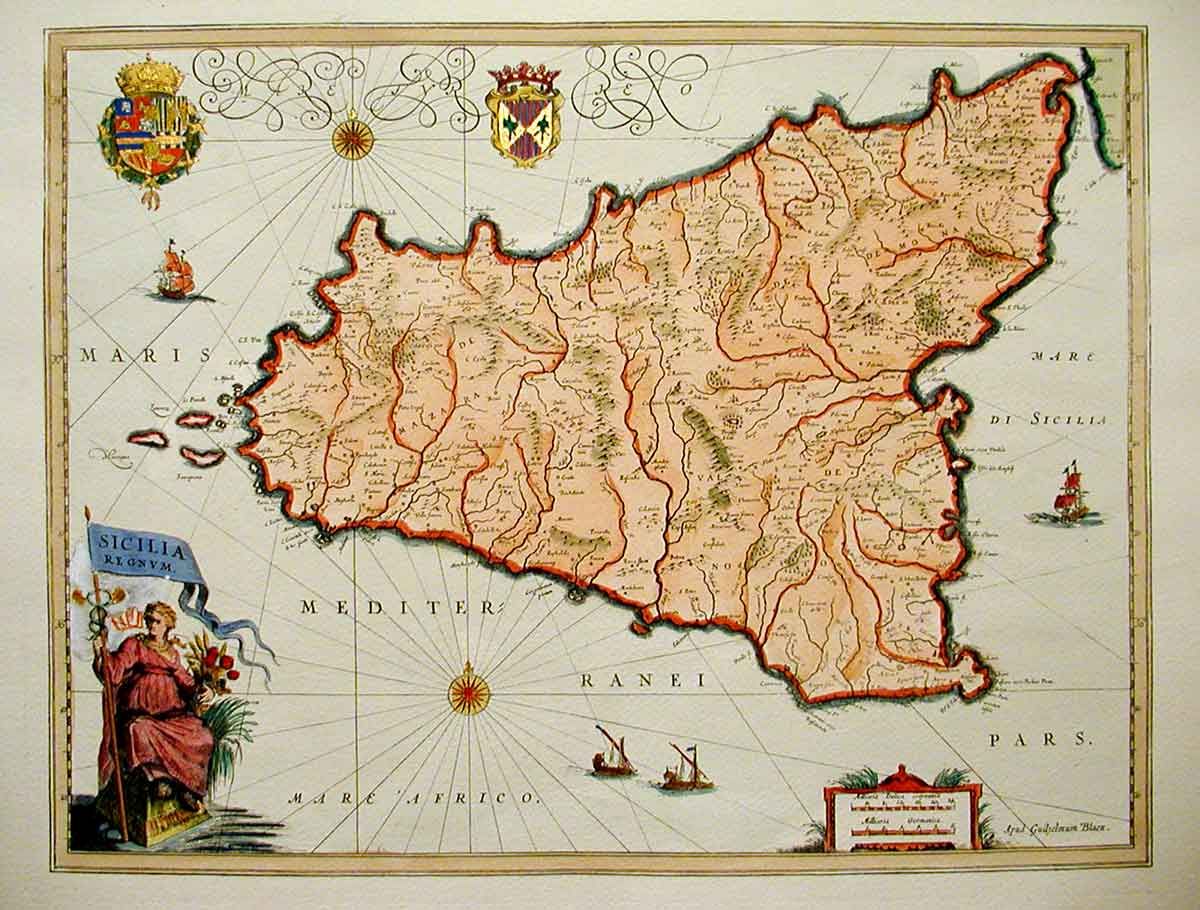
Sono rimasti solo tre atti custoditi, peraltro non molto chiari, presso lo stesso archivio parrocchiale: il primo è del 1661, anno in cui nel libro mastro degli introiti e delle uscite è annotata una spesa per gli officiali per il Giubileo; il secondo è del 1687 e consiste anch’esso in una nota di spesa per “circari pi l’Annu Santu”, con cui si intende il “questuare” proprio per la celebrazione dell’Anno Santo; il terzo è del 1690, anno che data la lastra raffigurante Santa Sofia, e fa riferimento a spese avvenute in Roma, anche qui per “circari” l’indulgenza. Dicitura che si incontra altre volte e in circostanze lontane dalle canoniche date giubilari.
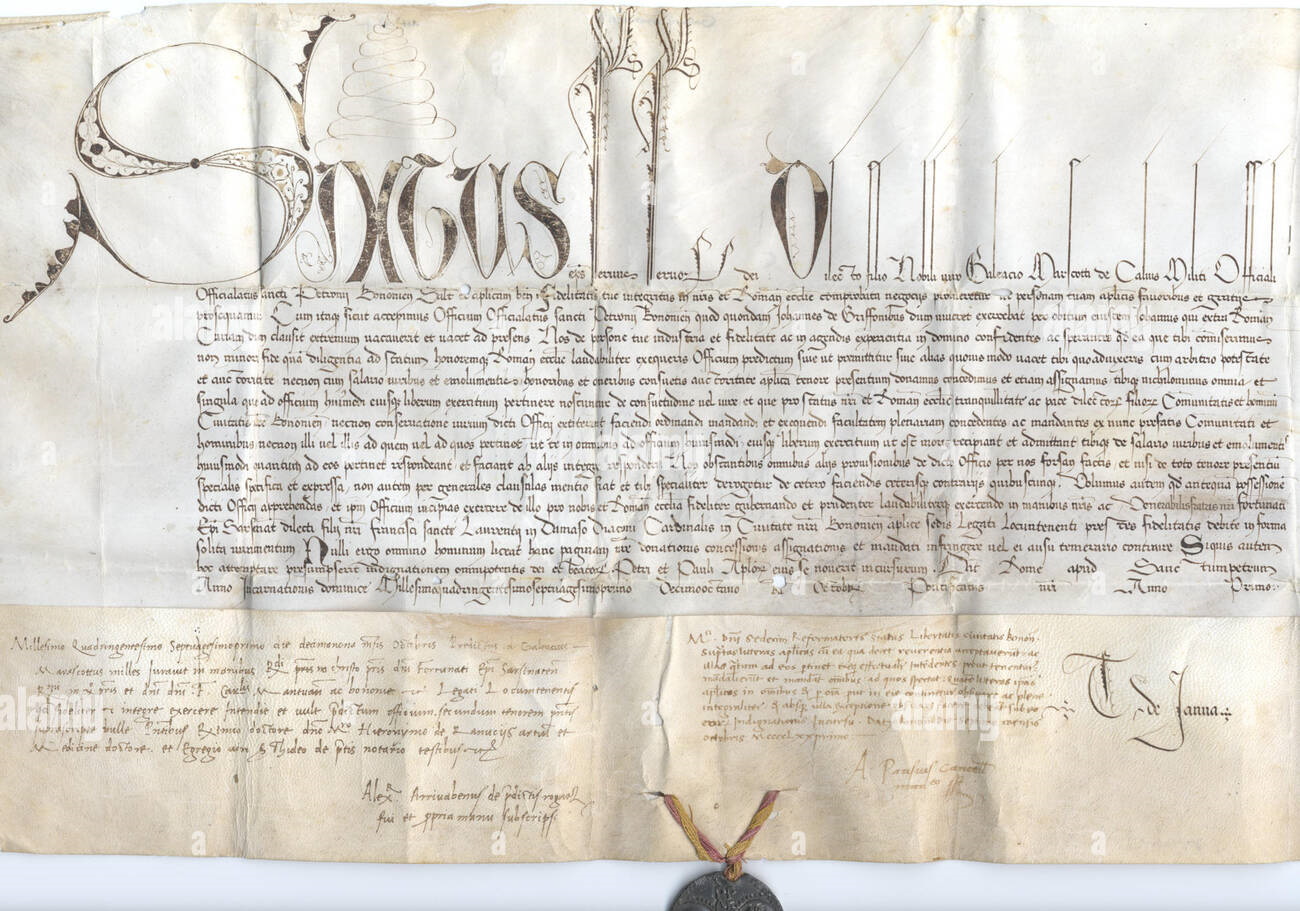
Dal momento che l’originaria “Bolla Pontificia”, stesa in pergamena, era scomparsa, tra diatribe, suppliche, ricerche negli archivi della Curia, invidie di qualche arcivescovo messinese che pretendeva prove certe perché tale privilegio del piccolo borgo era visto come qualcosa di rivoluzionario e svariate perdite di tempo da parte della Santa Sede, tra aperture e chiusure dell’Anno Santo, un “Breve” papale del 4 marzo 1817 di Papa Pio VII cassava la faccenda, confermando “semel in anno e ad perpetuam rei memoriam!”, ovvero l’indulgenza plenaria, dunque “in perpetuo”, ai pellegrini che avrebbero visitato la chiesa parrocchiale di San Nicolò in Zafferia nel periodo suddetto. Come si evince, infatti, nell’epigrafe marmorea, staccata dalla chiesa settecentesca e poi murata su di una parete della sacrestia della nuova Chiesa parrocchiale. Inizia con le parole inequivocabili “Jubilei privilegium huic parochiali ecclesiae concessum…”.
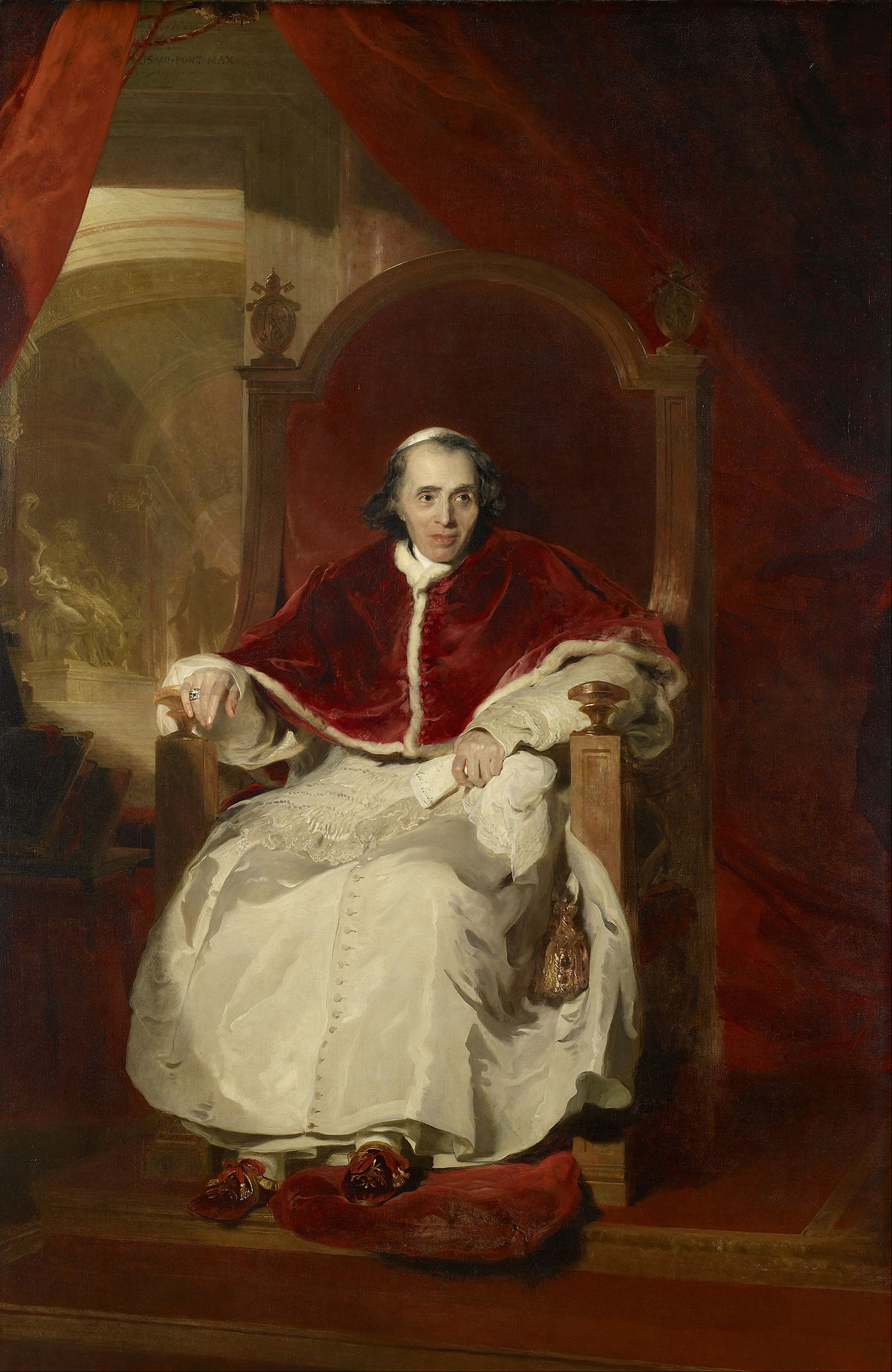
L’Anno Santo di Zafferia è accostato alle Grandi Indulgenze di Lione e di San Giacomo di Compostela, le uniche altre due città al mondo che godono di un simile beneficio. Da quest’anno (9 gennaio) la Santa Sede ha accordato anche alla Chiesa di Pistoia la possibilità dell’apertura della Porta Santa e la concessione straordinaria dell’indulgenza plenaria ai pellegrini che la attraverseranno.
Il privilegio dato a Zafferia pare, ipotesi molto accreditata, che rimandi alla figura di Giovanni Francesco de Lignamine, archiatra del pontefice Sisto IV.
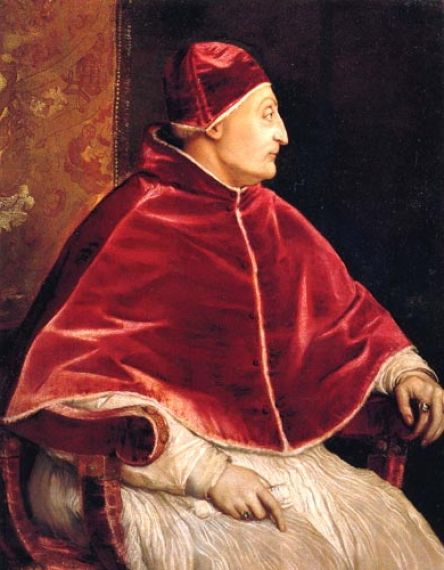
Però non v’è assoluta certezza di questo!
Purtroppo la storia non ci ha tramandato il nome del medico, né quella del Pontefice, né tanto meno la data delle prime celebrazioni giubilari. L’attuale archivio della Curia arcivescovile non possiede alcun documento antico da cui si possa evincere un tale privilegio.
Di sicuro è che un Papa che si ammalò gravemente e un medico di Zafferia lo curò e lo guarì rifiutando ogni compenso. Le voci, che si perdono nella notte dei tempi, narrano che l’archiatra, al Papa che, felice per la guarigione, lo invitò ad esprimere un desiderio promettendo che lo avrebbe esaudito, rispose: «Santità concedete al mio paese la grazia dell’Anno Santo».
Una richiesta bizzarra, eccentrica, stravagante?
No di certo! In quei tempi lontani, infatti, il Giubileo rendeva bene in termini economici.
Il Papa quindi, con equilibrio salomonico, da quel momento accordò al paese di Zafferia nella ricorrenza dell’Anno Santo la concessione della Grande Indulgenza Questo solo quando la festa della SS. Annunziata (che cade il 25 marzo) veniva a coincidere con il Sabato Santo.
Oggigiorno ogni ipotesi è valida, ma nessuna può essere verificata.
Il tempo si è portato però con sé i nomi e gli atti, ma il “privilegio” continua a vivere nella memoria, custodito come un tesoro tra fede, devozione, fermezza, orgoglio, amore per la propria comunità, in un mondo, quello contadino, che si fa parola e che affida alla carta, alla ragione, al sentimento, con rispetto, ma anche con tanta dignità, la difesa di un diritto nel quale crede e nel quale trova la propria identità.
La collocazione temporale di questo evento si orienta in tre possibili momenti che la tradizione pone sotto i pontificati di Urbano VI (1378-1389) o di Sisto IV (1471-1484) o di Paolo III (1534 -1549).
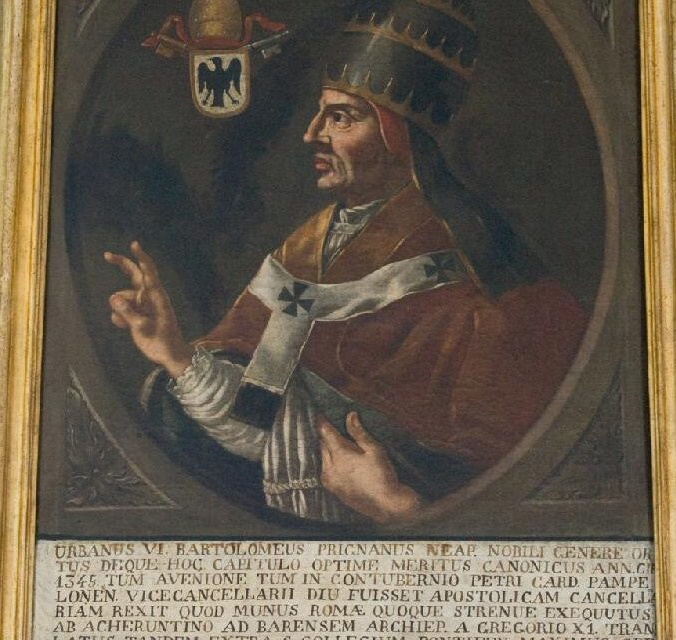
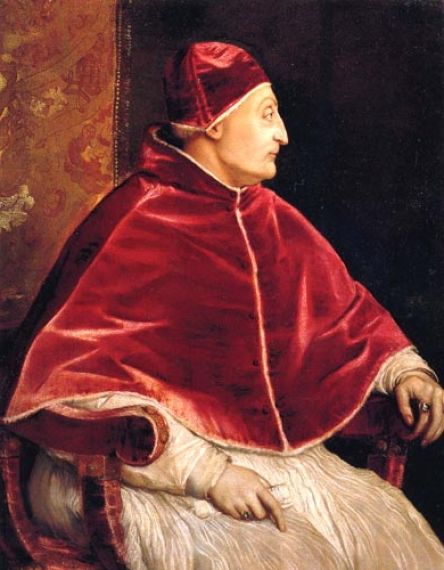
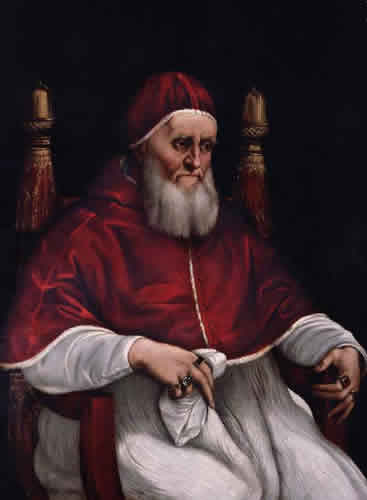
Nel secolo scorso la Grande Indulgenza dell’Anno Santo di Zafferia è stata celebrata il 25 marzo 1967, 1978, 1989. In quest’ultimo anno la gioiosa coincidenza, per espresso desiderio della “Penitenzieria Apostolica” venne mutato il nome di “Anno Santo” in “Anno della Grande Indulgenza” e venne nuovamente riconfermata la perpetuità del privilegio.
Gli Anni Santi del XXI secolo saranno celebrati il 25 marzo del 2062, 2073, 2084.

